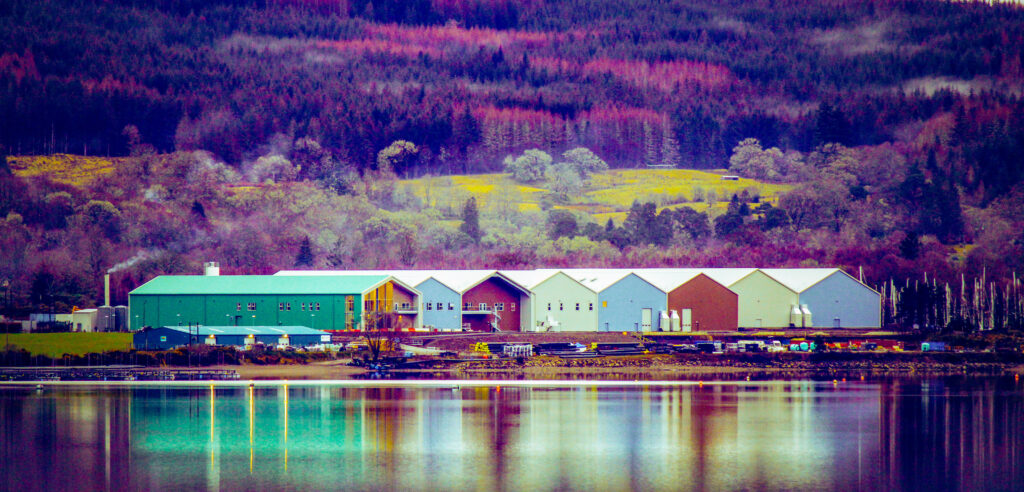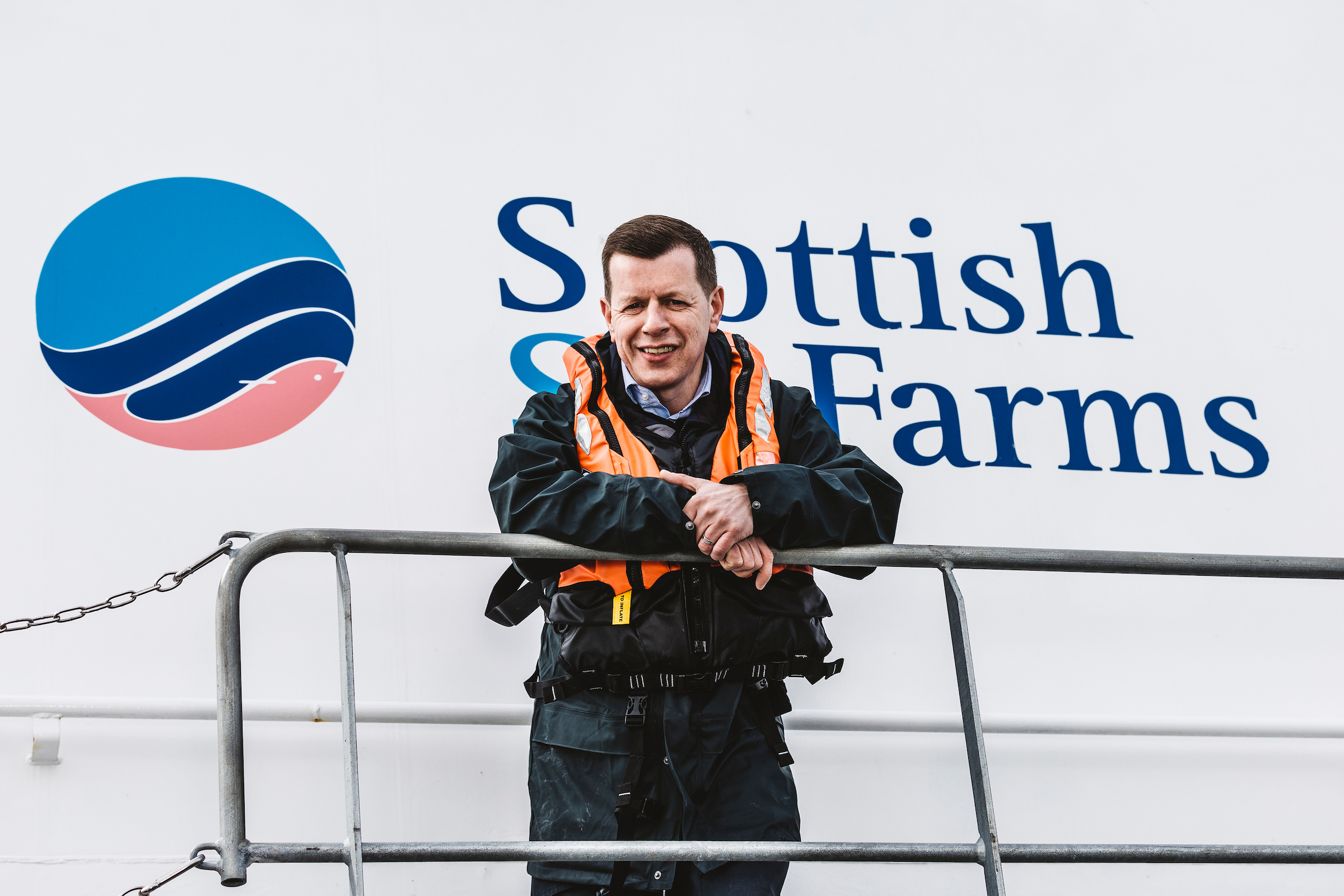Scottish Sea Farms’ accounts show cost of biological challenges

The 2022 audited accounts for salmon producer Scottish Sea Farms, published this week, show a “year of two halves” which saw profit margins slashed thanks to fish health problems in the autumn and winter.
Scottish Sea Farms (SSF), also known as Norskott Havbruk, is jointly owned by Norwegian salmon giants SalMar and Lerøy.
Group turnover from continuing operations in 2022 totalled £263.38m, up 35% from 2021’s £195.23m. Profit, however, was down 34% to £14.84m, and the group’s profit margin was slashed from 11% in 2021 to just 3% last year.
The report says: “In late Q3 and into Q4 we have experienced biological challenges, mainly from jellyfish and gill health, resulting in the early harvest of small expensive fish as well as increased costs of mortality.”
2022 also saw the integration of Grieg Seafood’s former Shetland assets, which SSF acquitted in December 2021 along with Grieg’s Skye sites, which were sold to independent salmon farmer Loch Duart, making £11.7m for SSF.
The statement of profit and loss for SSF in 2022 shows that the cost of sales increased by 47% year on year, to £233.5m.
Smolt input for 2022 hit a record for the group, with 13 million smolts put to sea from Barcaldine (pictured) and the newly acquired site at Girlsta, Shetland.
Emoluments for the highest paid director, presumably Managing Director Jim Gallagher, totalled £810,000 (2021: £566,000).

Jim Gallagher, Managing Director, Scottish Sea Farms

